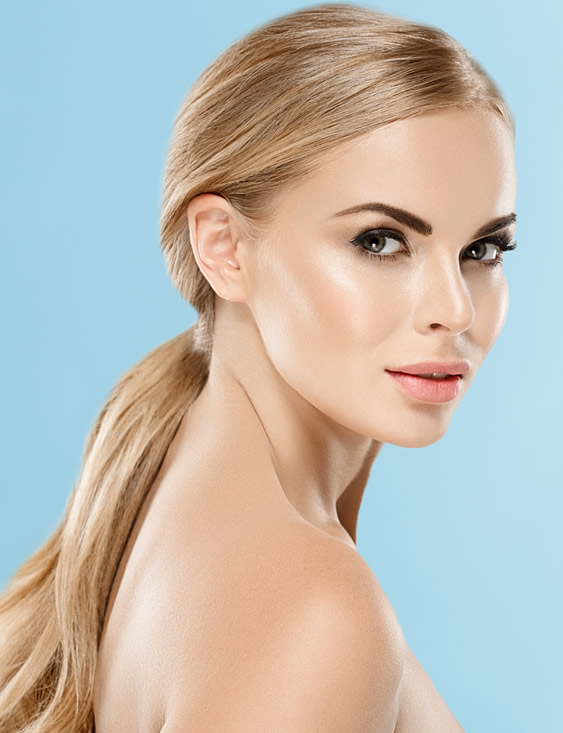
Platelet-Rich Plasma THERAPY
At Sutton Place Dermatology, we offer PRP therapy for facial rejuvenation and PRP for hair loss. PRP therapy, also known as a platelet-rich plasma treatment, uses your own plasma to stimulate your body’s production of collagen. As you age, your body’s production of collagen begins to slow, leading to the formation of wrinkles and creases. PRP therapy can help reduce and diminish these wrinkles and facial lines for a younger-looking facial appearance.
Because PRP therapy is a versatile procedure, it can also be used to stimulate your hair growth cycle. Many patients experience hair thinning or balding as a result of genetics or aging, which can give you an older-looking appearance. PRP injections can specifically target dormant hair follicles and stimulate your natural hair growth cycle for fuller, thicker hair.
What is PRP therapy?
A PRP treatment uses a small sample of your blood, which platelets are extracted from. These platelets are then concentrated and reintroduced into the treatment area to promote regrowth. Our dermatologists will first take a blood sample as if you were having a standard blood test. The vial of blood collected will then be placed into a centrifuge, which is a machine that will spin your blood to separate it into its different components. Your blood is spun down into three layers, which consists of red blood cells, plasma, and platelets plus your white blood cells. The platelet-rich plasma will then be injected into your face or scalp depending on what you are having treated.
How does PRP for hair loss work?
While PRP injections are used in many medical procedures to expedite your body’s rate of healing, PRP for hair loss can stimulate your natural hair growth cycle. PRP injections are a hair loss treatment that can stimulate individual hair follicles that have fallen inactive and are no longer producing new hair. PRP injections for hair loss use your body’s plasma in a condensed form to promote hair growth. There are four stages of your hair growth cycle, which include the growing phase, regression phase, resting phase, and shedding phase. Your hair follicle begins by producing a singular hair during the growing phase. Next, the hair follicle reduces in size and separates from the base during the regression phase. During the resting phase, your hair follicle begins to produce a new strand of hair that replaces the old strand of hair. Your old hair is then shed to begin the hair growth cycle again. It is when the growing phase does not begin again after the shedding phase that hair loss and balding occur. PRP injections can help restart this hair growth cycle and begin to stimulate dormant hair follicles to enter the growing phase.
How does PRP for wrinkles work?
The platelets in your blood help promote the growth of new tissues and expedite your body’s rate of healing. When PRP is used for wrinkles and other facial lines, the condensed platelets help to promote the healthy production of collagen. With the new production of collagen, skin will regain firmness and elasticity, diminishing fine lines and wrinkles for a younger-looking appearance. PRP therapy can help to reduce the appearance of wrinkles, lines, and discoloration. The formation of collagen will continue in the days and weeks following your PRP treatment, providing you with a smoother, firmer appearance. The areas where PRP injections are administered may appear sensitive or inflamed immediately following your PRP procedure. These symptoms should quickly fade in the days following your PRP treatment. Results may be seen in the first week after your PRP procedure, and PRP results will continue to develop in the weeks and months following your initial PRP treatment.
How can I learn more about a PRP treatment?
Our dermatologists would be glad to discuss PRP treatment with you. To request a personal consultation with our dermatologists to discuss PRP for hair loss, please request an appointment online or call 212.838.0270.


